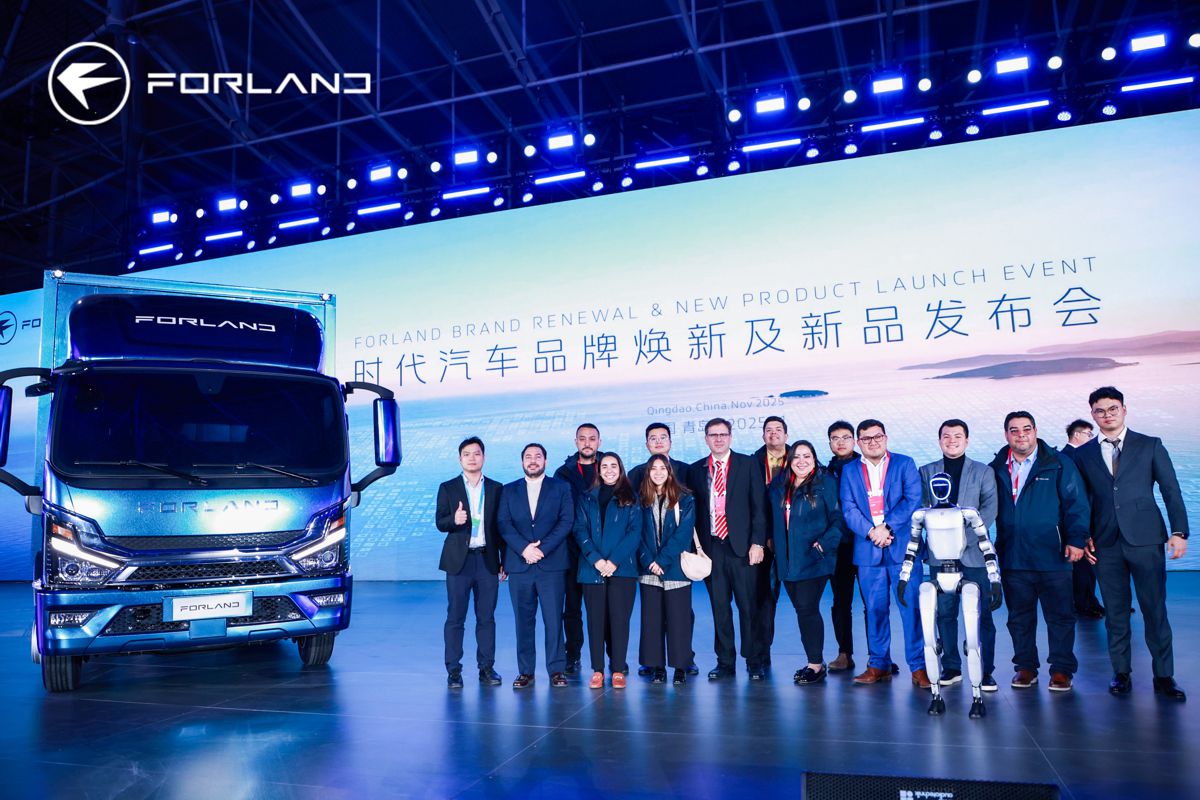Rio Tinto and China’s SPIC Unite for Battery Swap Truck Trial
Mining giant Rio Tinto has partnered with China’s State Power Investment Corporation (SPIC) to pilot cutting-edge battery swap electric haul truck technology at the Oyu Tolgoi copper mine in Mongolia. This innovative collaboration underscores the role of technology in decarbonising mining operations and highlights the potential of Chinese advancements in green energy.
Transforming Haulage with Battery Swap Technology
Battery swapping is an emerging solution that allows electric vehicles to replace depleted battery packs with fully charged ones in mere minutes, sidestepping the delays associated with conventional charging stations. This game-changing innovation is already in use in mining operations across China, and the partnership between Rio Tinto and SPIC aims to extend its reach to global mining operations.
The two-year pilot project at Oyu Tolgoi will involve eight mining haul trucks, each with a 91-tonne payload capacity, supported by 13 batteries (800 kWh each) and a robotic battery swap station. Unlike traditional static charging setups, this system is designed to minimise downtime, enhancing operational efficiency.
Rio Tinto’s Chief Decarbonisation Officer, Jonathon McCarthy, remarked: “By partnering with SPIC, we’re demonstrating cutting-edge Chinese technology and exploring how it can help decarbonise our operations quickly and cost-effectively. This initiative complements our efforts to electrify ultra-class haul trucks in other operations, like the Pilbara, while showcasing the potential of flexible, downtime-reducing battery swap solutions.”
Accelerating Decarbonisation Goals
The pilot aligns seamlessly with Rio Tinto’s broader sustainability objectives, including its commitment to achieving net-zero Scope 1 and 2 emissions by 2050. With over 700 haul trucks in its global fleet, of which 100 are classified as small or medium class, the company sees significant potential in scaling battery technology to reduce its carbon footprint.
SPIC Chairman Han Zhiwei highlighted the broader implications of this partnership: “Through our collaboration with Rio Tinto, we’re showcasing China’s green technology innovations on an international stage. We believe these low-carbon solutions will assist Rio Tinto in achieving its decarbonisation targets while promoting the adoption of green energy globally.”
This collaboration underscores a growing recognition of the value of Chinese green technology in advancing global sustainability efforts. By embracing innovation, Rio Tinto is setting a precedent for leveraging international partnerships to tackle climate challenges.
Oyu Tolgoi’s Role in the Green Transition
The Oyu Tolgoi copper mine, one of Rio Tinto’s most significant operations, is at the forefront of this green transformation. CEO Deirdre Lingenfelder expressed pride in the project’s role in driving sustainable innovation: “This initiative reflects Oyu Tolgoi’s strategic commitment to sustainable growth. By expanding the use of underground battery electric equipment and implementing emissions reduction initiatives, we’re actively progressing toward a net zero-carbon future.”
Oyu Tolgoi’s technical teams have collaborated closely with SPIC and truck manufacturer Tonly to ensure the equipment meets Rio Tinto’s stringent safety and operational standards. Initially, the trucks will be used in non-production activities, such as tailings dam rehabilitation and topsoil movement. Operated and maintained by Oyu Tolgoi personnel, the project ensures a seamless integration of technology and workforce capabilities.
Unveiling the Technology: Efficiency at its Core
Each truck battery is designed to last up to eight hours, depending on the task, and the battery swap process takes just seven minutes. This rapid exchange significantly reduces downtime, boosting productivity while maintaining sustainable operations. The first truck is set to arrive at Oyu Tolgoi this year, with the remaining fleet and infrastructure becoming fully operational by mid-2025.
The pilot also marks a significant step in testing the scalability of battery swapping technology in challenging mining environments. By proving its viability in Mongolia, the project sets the stage for broader implementation across Rio Tinto’s operations worldwide.
A Win for Global Collaboration
This partnership between Rio Tinto and SPIC is more than just a technological experiment; it’s a symbol of international collaboration in the fight against climate change. By bringing together Rio Tinto’s global mining expertise and SPIC’s innovation in green transportation, the project exemplifies how cross-border partnerships can deliver transformative results.
“Our collaboration with SPIC demonstrates the strength of Chinese enterprises in green technology innovation,” McCarthy added. “We’re excited to apply these advancements across our operations, contributing to the world’s low-carbon transition.”
The Road Ahead
The success of this trial could mark a turning point for the mining industry, which has long faced scrutiny over its environmental impact. By adopting flexible, efficient, and scalable solutions like battery swapping, companies can strike a balance between operational demands and sustainability goals.
As the first truck arrives at Oyu Tolgoi, the world will watch closely. If successful, this pilot could redefine how mining operations approach electrification, setting a new benchmark for green innovation in heavy industries.




















